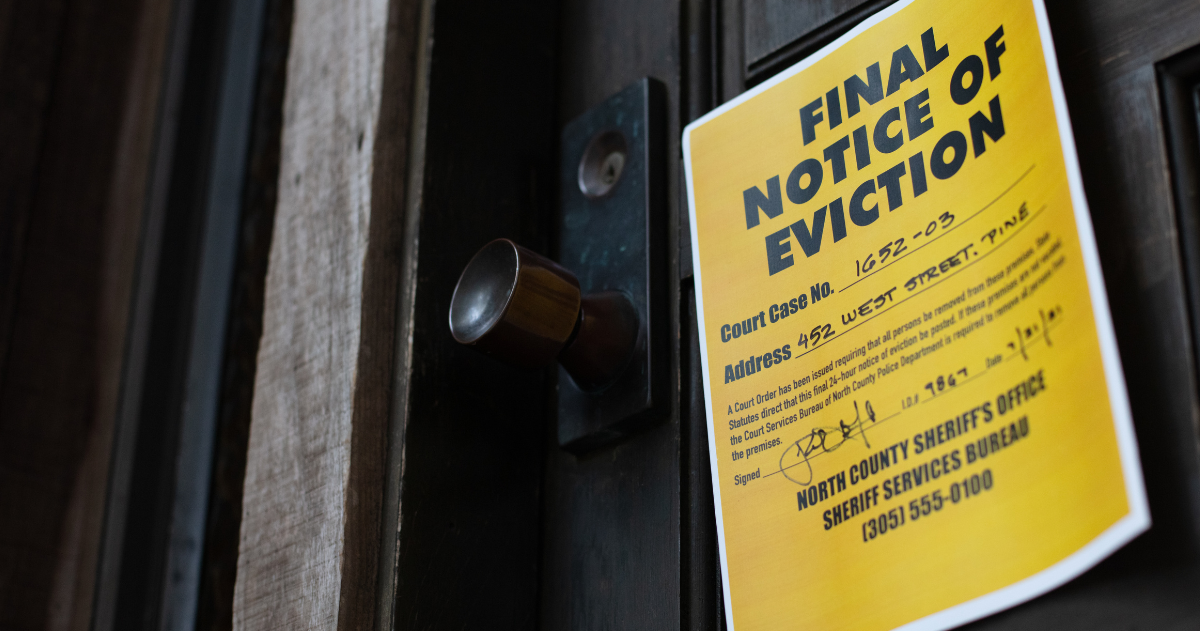First-time homeowners looking to invest in Canadian real estate in the coming year will face new mortgage rules as of January 2018. The new mortgage rules marks the seventh time that Canadian mortgage rules have been tightened since July 2008, and will see inexperienced borrowers face financial “stress tests” in order to qualify for uninsured mortgages.
What are the rules of the new stress test?
The upcoming implementation of new mortgage rules will see changes across the board, affecting Canadians around the country. One of the most major rule changes will see uninsured borrowers being required to pass this new stress test – a rule which only applied to insured mortgage borrowers in the past. The stress test guidelines set by the Office of the Superintendent of Financial Institutions (OSFI) will simulate a borrower’s current financial situation plus rates two percent higher in order to ensure that uninsured borrowers will be able to withstand the effects of higher interest rates.
The stress test guidelines will require that the qualifying rate for uninsured mortgage borrowers be greater than the Bank of Canada’s five-year benchmark rate or the stated mortgage rate plus two percent. Other rules include requiring lenders to increase their loan-to-value ratio and adhere to new ratio limits in order to be more flexible to risks and evolution in the housing market, and further restrictions on institutions creating arrangements designed to circumvent loan-to-value limits.
What does this mean for first-time buyers?
The new guidelines established by the OSFI will mean that more than 100,000 Canadians will fail the new stress test, with up to half of them being blocked from buying their own home, and the other half settling on a property of lesser value. A recent market analysis held by the Bank of Canada showed that up to 10 percent of Canadians who secured uninsured mortgages in the last year would fail the new stress test guidelines.
Starting in the new year, first-time buyers may have to settle on less expensive homes than what they can currently buy today. The new rules may also mean putting off investments for some time and saving up for larger down payments in order to surpass the 20 percent stress test guidelines. Thanks to potential pre-qualifications that may be necessary for first-time property investors, some may have put their dreams of buying a home on pause until they can pass the stress test or afford a larger down payment, or settle on a property that doesn’t properly suit their needs.
An argument against the stress test
The new guidelines set by the OSFI have been criticized for being too harsh towards first-time investors. Using numbers two percentage points higher than what they currently are is too rigid, and is extremely limiting to first-time buyers. Since interest rates are not being raised immediately and employee wages across the country generally rise over time rather than languish (November 2016 to November 2017 saw wages grow an average of 2.8% across all sectors), borrowers will typically be able to afford higher interest rates in the long-term. Forcing unrealistic stress tests on inexperienced and uninsured borrowers means many Canadians will lose out on the chance to invest in the real estate market, blocking thousands across the country from buying homes. The OSFI will begin enforcing these stricter stress test guidelines Canada-wide on January 1, 2018.
The strict guidelines present an exciting opportunity for experienced Canadian real estate investors. With less entry into the market by first-time homeowners, more experienced investors will have access to better investment prospects and less market competition. If you’re an experienced Toronto real estate investor looking to capitalize on the new mortgage borrower guidelines, Highgate Properties can help you through experienced brokerage and property management services. For more information, visit our website or contact us today.





